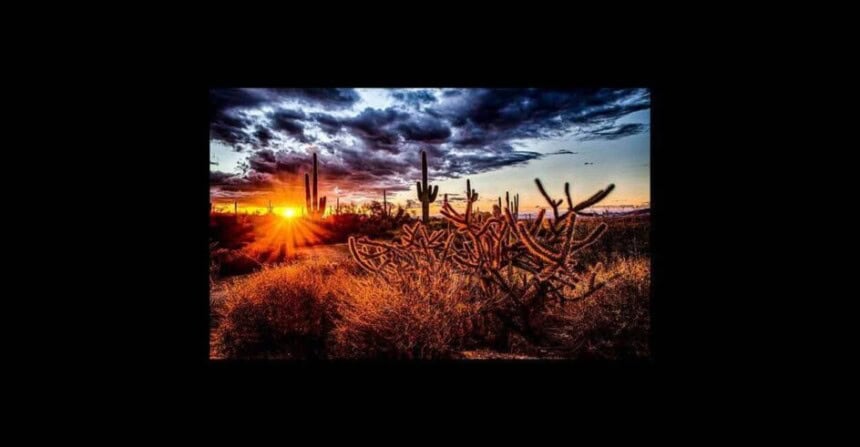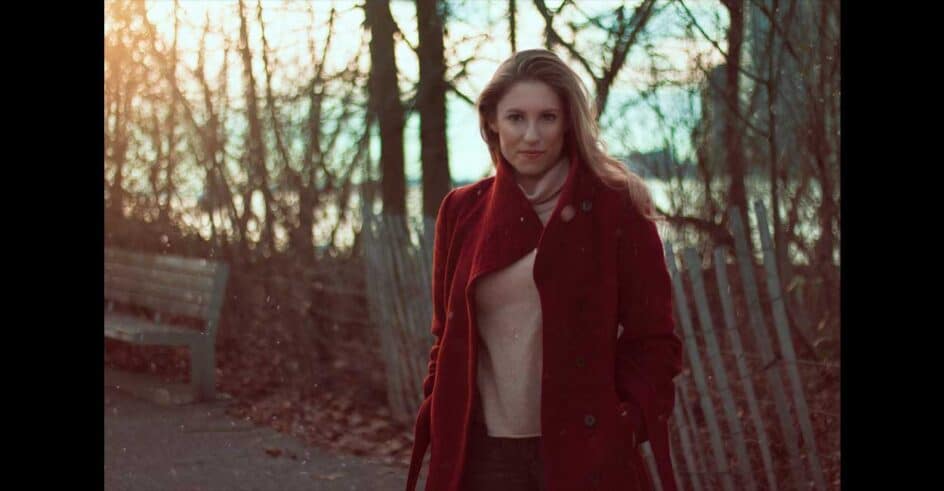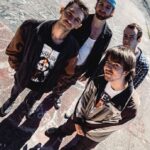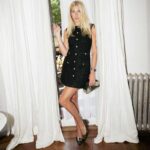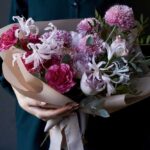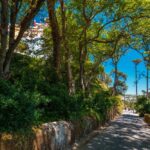One of Arizona’s symbols is the saguaro cactus. Although we focused on the cities on this roadtrip – two days in Phoenix and then two days in Tucson – we saw plenty of cacti.
February is an ideal time to take an Arizona tour. If it weren’t for the summer’s 120-degree heat (40-degree Celsius), we may have considered Phoenix or Tucson as a place to buy a house. But, as an acquaintance of mine pointed out if it weren’t for the heat, houses in Arizona would cost as much as in California.
We, on the other hand, managed to hit a local cold snap across the western states. Had we arrived a couple of days earlier, we would have seen cacti under the snow. But the same surrounding mountains in Phoenix looked white for the first time in years.

Touring the City
We were met at the airport. During the two days, our guide took us around the most interesting places (the Botanical Gardens was unfortunately closed for a culinary festival), which we would not have had time to visit on our own. And I was also very interested to ask him about his work at a small chemical company. Many thanks to him. We started in downtown Scottsdale, where there are a lot of horse sculptures – the Wild West.
Then we toured the local OdySea Aquarium. But the biggest highlight of the trip was climbing Camelback Mountain. The mountain is so named because it looks like a two-humped camel. The climb is relatively short – 1.5 miles to the top – but steep and, at some point, technically challenging. Not mountaineering, but you have to jump on the rocks.
Unusually, the mountain is right in the center of town – houses everywhere, whichever way you look. And there were a lot of people there on a chilly Sunday morning. When we were at the top, a police helicopter circled the mountain, but no one had to be evacuated.
The Capitol and the University Campus
Then we drove to the Arizona State University (ASU) campus, which I would call pretty standard. They are not too modest. Let’s think of the solar panel canopies as innovation, so that students could eat their lunch in the shade of the aggressive Arizona sun. Our hotel was located in Downtown Phoenix, so we still had time to wander there on our own and see
- the local vacant lots,
- the local vacant lots, the skyscrapers,
- the locals,
- dinosaurs in a cage.
This, as you understand, is a modern sculpture in front of the local art museum. Another artwork we dubbed “The Flying Saucer Trap” (it’s called Her Secret is Patience, sculpted by Janet Echelman). Go, Devils! – is not “dibs on me,” but a shout-out to ASU sports companions. Such is the climate here that they have the devil as their mascot. On our last day in Phoenix, we walked to the Arizona Capitol with its copper dome.
In front of the Capitol is a memorial to soldiers of all the American wars, as well as to fallen Arizona police and firefighters. We took the Greyhound to Tucson. Buses were announced in English. The historical influence of Mexico and its geographic proximity can be felt. One day Leo Tolstoy and Mahatma Gandhi are portrayed as Aztecs, then a sculpture on the campus of the University of Arizona is dedicated to the wall problem.

History and the Mountains
Our hotel stood on the banks of the desiccated Santa Cruz River, along which bicycle paths are made. On Monday we walked to a place called the Garden of Gethsemane. Related to it is the story that a certain Felix Lucero (1895-1951), lying wounded on the battlefield of World War I, made a vow, if he survived, to create religious sculptures. Years later, he was living under a bridge in Tucson, Arizona, and decided it was time to keep his promise and sculpted easily recognizable subjects from plaster.
Tuesday morning, we climbed Tumamoc Hill, a local lookout mountain that, unlike Camelback, has a flat asphalt path. But the slopes of the hill are covered with an entire saguaro forest (the first photo was also taken there). Then we walked through Downtown to the campus of the University of Arizona (not to be confused with ASU).
During our visit, we visited the photography center and the art museum, which houses Arizona’s only Alexander Calder sculpture. In the evening, we met up with my friends Eva and Anya, and they showed us their favorite places in Tucson. Unlike Phoenix, it still has an old town with houses built in the Mexican style (adobes). Overall, we found Tucson to be more compact and cozy than deserted Phoenix.
Also, thanks to Eva’s advice, when we walked around campus, we didn’t pass by the most unusual and beautiful building, Environment and Natural Resources 2 (built-in 2015). From its roof, you can see Downtown, “A” Mountain, and behind it that hill we climbed in the morning.
End of Trip
That was the end of the Arizona trip. All that was left for Wednesday was a bus ride to Tucson Airport and back to the cold, but evergreen Seattle. Attending music concerts wasn’t on the schedule this time, although we did pass by Symphony Hall in Phoenix – typical brutalism.
To better understand the country you live in, you need to walk through the residential areas and take public transportation. However, next time we go back to Arizona, we will have to drive through the nature parks. We already visited something in 2010, and now we can brag about driving down and up from the Grand Canyon in one day. Over the Colorado River Canyon, by the way, we flew over by plane this time.
